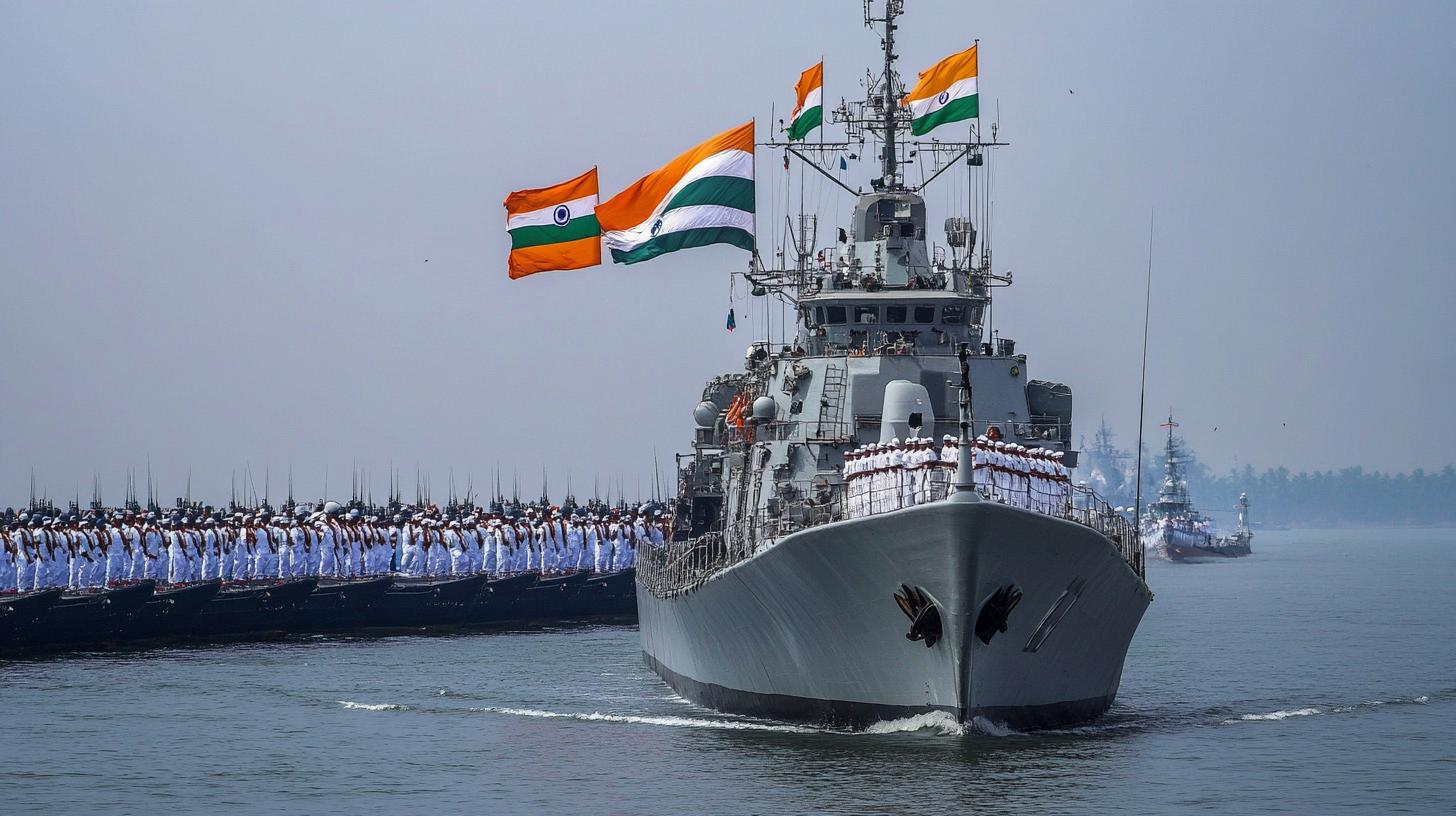India’s defense aspirations face significant turbulence as complications with General Electric (GE) Aerospace underscore the challenges of the India-US defense partnership. The Indian Air Force (IAF) has hit a setback with the failure of GE to supply engines for the Light Combat Aircraft (LCA) Mk1A, hampering modernization efforts and casting doubt on US reliability as a defense supplier.
For years, India has been cautious about procuring American fighter jets, a hesitancy rooted in historical distrust. This latest development could jeopardize America’s proposal to supply 114 Medium Role Fighter Aircraft (MRFA) to India. Competing for this contract are Lockheed Martin’s F-21, Boeing’s F/A-18 Block III Super Hornet, and F-15 EX – alongside France’s Rafale and Sweden’s JAS-39 Gripen.
In the past, India opted for the French Rafale over American options and has yet to induct an American fighter as a keystone offensive platform. This reluctance is mirrored in historical ties, with India traditionally leaning on Russia for defense needs. Washington’s past military support to Pakistan, particularly the F-16s, remains fresh in India’s strategic calculus.
Despite agreements, such as the 2023 contract to produce GE-414 engines for the LCA MK II, engine deliveries have lagged. The delay, originally expected to resolve by early 2024, now stretches beyond. HAL considers interim solutions by using refurbished engines, while penalties loom over GE for missed deadlines.
Although GE attributes the setbacks to financial difficulties with its Korean partner, the situation points to deeper cracks in the Indo-US defense relationship. Meanwhile, New Delhi remains steadfast in its quest for new fighters, yet remains cautious after politically sensitive procurements in the past.
Can the India-US Defense Ties Be Fixed? Exploring the Road Ahead and Its Impact
The complexities arising from the India-US defense partnership, especially concerning India’s Light Combat Aircraft (LCA) program, are emblematic of broader geopolitical dynamics and industry-specific challenges. While the recent failure of General Electric (GE) Aerospace to complete engine deliveries has spotlighted existing tensions, it also sheds light on the broader implications for regional security, economic relationships, and technological advancements.
Historical Context and Implications for Global Defense Industries
The India-US defense relationship, though promising on many fronts, is marred by historical mistrust rooted in Cold War alignments. Traditionally, India has leaned towards Russia for its defense needs, creating a longstanding partnership that has supplied the nation with a significant portion of its military hardware. This has implications for the local defense industries and technological ecosystems within both countries. As GE struggles to meet engine delivery orders, stakeholders question the sustainability and resilience of Indo-US defense collaboration, fueling renewed interest in European and Swedish defense manufacturers like Dassault and Saab.
Impact on Domestic Manufacturing and Technological Development
The delays in engine procurement affect India’s “Make in India” initiative, a national strategy aimed at bolstering local manufacturing capabilities. The ongoing complications echo the challenges of establishing a self-reliant defense industry, as India continues to grapple with sourcing critical technologies from abroad. This dynamic poses significant opportunities and hurdles; while foreign engagements promise technology transfer and skill development, reliance on international suppliers creates vulnerabilities.
Advantages and Disadvantages of Potential Alternatives
India’s strategic autonomy benefits from the wide array of fighter options available. The French Rafale, though costlier, has proven effective, prompting interest in further procurement. Meanwhile, Swedish options like the JAS-39 Gripen offer affordability with strong performance metrics, making them attractive in terms of cost-efficiency. Conversely, American fighters carry the advantage of possibly advanced technology but with uncertain supply reliability due to past experiences.
Societal and Economic Impacts: At What Cost?
At the socio-economic level, delays in upgrading defense capabilities have ramifications that far surpass military interests. National security concerns amplify with each delay, while regional imbalances in South Asia become more pronounced. Moreover, such issues underscore and potentially exacerbate Indo-Pakistani tensions, as any lapse or perceived weakness in India’s defense could embolden rival strategies. Economically, fostering domestic alternatives and reducing import reliance could galvanize local businesses and fuel job growth, albeit requiring significant investments upfront.
How Are Policymakers Responding to These Complications?
Indian policymakers are accordingly recalibrating their approaches towards defense indigenization and international cooperation. Emphasizing independent development could mitigate future dependency risks but demands greater investment in R&D and infrastructure upgrades. Retrospective analysis of past procurements might further guide smarter future diplomatic and technical choices, aiding India’s strategic autonomy ambitions.
In conclusion, can Indo-US relations be restored to their intended trajectory, or will new alliances cast a shadow on their future? Only time will tell, but one certainty remains: as India navigates its multifaceted defense requirements, a fine balance between historical alliances and new engagements will continue to shape its geopolitical positioning.
For more information on global defense industry updates, you may visit the following resources:
– Dassault Aviation
– Saab
– Lockheed Martin







